Perspective | Why are Hindi GEC shows being adapted into regional formats?
Regional films with their offbeat themes have always gained appreciation by movie buffs and have won accolades globally. Be it Marathi, Bengali or films from down south they have no doubt dominated over Hindi cinema and the Bollywood industry too is known to have adapted ideas from the regional sphere but the same cannot be said about the television industry where the scene is far different.
Till recently for the industry, making a connection with audiences was quite straightforward, a one-to-many experience but of late we have seen most of our popular Hindi GEC shows being adapted into different regional formats by channels and they have been successful in their endeavors. From Big Boss, SaReGaMaPa, Dance India Dance, KBC to fiction shows like Mahabharat and Mahadev most have been adapted to suit audiences in the regional space. On the other hand it is tough to recall if any show be it fiction or non-fiction from the regional GEC space that has been adapted into the Hindi format. So, to what could we attribute this trend? Is it because of a dearth of regional content on the television medium?
Channels adapting formats is not a new concept and most of the hit shows such as Bigg Boss and KBC amongst others are adaptations of international formats. But in India it is common occurrence to see a popular show in different regional formats. Today one of the most popular non-fiction show KBC presently aired on Sony TV in Hindi has six regional versions, viz. on Mahuaa TV, Mahuaa Bangla, Asianet, Star Vijay, Suvarna and ETV Marathi . Likewise, the celebrity focused reality show Jhalak Dikhhla Jaa which telecasts on Colors has been launched on ETV Bangla. Zee TV’s music reality show Sa Re Ga Ma Pa and dance reality show Dance India Dance have their regional versions on Zee Marathi as Sa Re Ga Ma Pa Marathi and Dance Maharashtra Dance respectively. Endemol India's biggest property Bigg Boss also announced the regional versions of Bigg Boss in different languages, starting with the Kannada version on ETV Kannada. Apart from the non-fiction shows now fictional offerings too have been adapted into regional formats. Mahabharat presently on Star Plus has been adapted into Bengali on Star Jalsha and Marathi on Star Pravah. Life OK's Mahadev too is being telecast in Marathi on Star Pravah.
To understand the reason behind the adaptation of content by channels and the spurt in regional formats, Adgully spoke to industry experts Raj Nayak, CEO, Colors, Nitin Keni, Producer, Essel Vision Productions Ltd., Ashish Golwalkar, non-fiction head, Star Plus, Ajit Thakur, General Manager, Life OK and J.D.Majethia of Hats Off Production, who shared their insights with us on the same.
At the onset of the discussion, Nayak sharing his opinion on the reason behind adaptation of formats and the success factor of such shows said, "For any channel it is of utmost importance while choosing a format that they be the tried and tested ones so there is no need to reinvent. In India, we take some of the best international content and adapt it in the Indian format for our viewers. Going forward, when these formats become successful it's taken forward by regional markets."
Keni, Producer of Hindi and Marathi films has on the anvil plans of producing a Bengali film too. In his opinion there is a concept of give and take in adaption of formats. "I think there is a great deal of give and take of content happening around us and we don't realize it. For instance a case in point is Dance Bangla Dance which was later adapted in the Hindi format Dance India Dance. So, it was initially adapted in the regional space and then came into the Hindi space. So also in the film industry where most Hindi films are remakes of their southern counterparts and in television there are loads of southern shows which take their cue from Hindi shows. Hence themes picked up from the south are made into Hindi films and shows and in turn picked up again by some other regional channels. Popular reality shows like Big Boss are all formatted shows now entering into different regional space,” says Keni.
"There is a certain kind of universality in the concept. We are familiar with the epic Mahabharat since our childhood and look forward to watching the televised version of the story So, when the concept itself is good, and the story is universal there is no harm in coming up with different formats and adaptations of fiction shows because basically the characters in all the different formats are going to remain the same, it is just the language that will differ so there are certain stories or formats which cut across the regional markets. Shows with a difference like Satyamev Jayate, too was known to foray into the regional language space. So, for content such as these we cannot deprive our regional viewers," said Golwalkar.
On the other hand Thakur attributes two reasons for the surge in adaptation of formats, "One is that currently there is firm trend of mythology and viewers want to watch more of it. This genre itself is very expensive and making such epic shows like Mahadev and Mahabharat in a short duration of time is not possible for channels and secondly these characters have a universal appeal in the country and are going to remain the same in any regional format,” he said .
With Hindi shows adapted successfully year on year in the regional space, vis a vis do we also see regional content being adapted by the Hindi GEC space? The experts shared their individual views on the matter.
"Adaptation of formats is working well for loads of shows and if it's working well it means it's a shortcut to success. In this you don't have to recreate something when it comes to non-fiction as the format is almost same but in fiction loads of original content comes in," avers Nayak.
Keni sharing his thoughts said, "Television tries to illuminate whatever is successful and once it works well in one language, it has been followed by the others."
According to Golwalkar, "Not all fiction or non-fiction shows are adapted into different format. Sasural Genda Phool was a show which was adapted from the Bengali market. It is evident that a successful story can be adapted in any market/region or language."
Thakur went on to add, "What appeals to a good story whether it is fiction or non-fiction is the universality of the content."
Majethia is of the opinion that the trend of adaptations by different markets is fast catching up and they have been successful too. He further added, “I feel it's going to be more aggressive in the coming future. Even one of our shows, Alaxmi was taken from the Bengali space. So, if the content is successful it is adapted into various regional spaces."
Today, audiences are becoming increasingly fragmented, splicing their time among countless media choices, channels and platforms. While channels are adapting shows and formats into regional space for their audience, it's for the viewers to decide which format appeals more to them, the original ones or the adapted ones. Ultimately what matters most is the base of the content which is the underlying strength for all the shows.











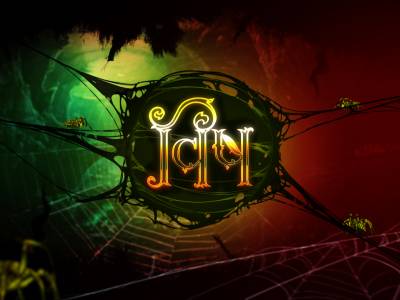


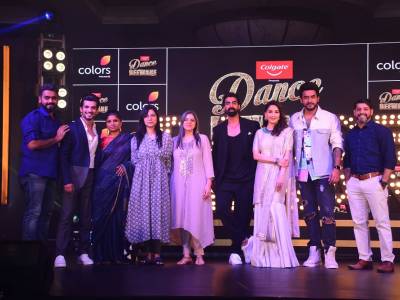
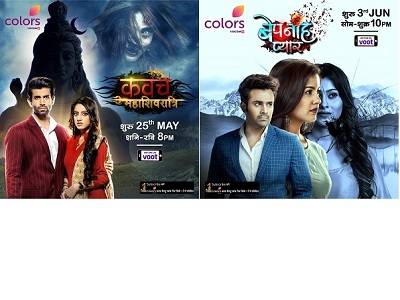
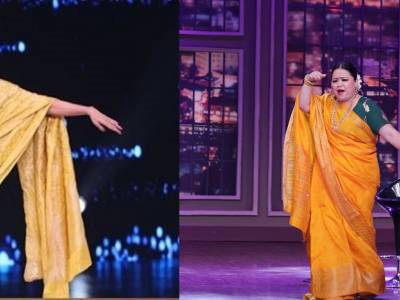





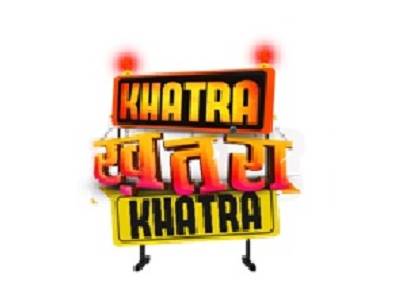



Share
Facebook
YouTube
Tweet
Twitter
LinkedIn